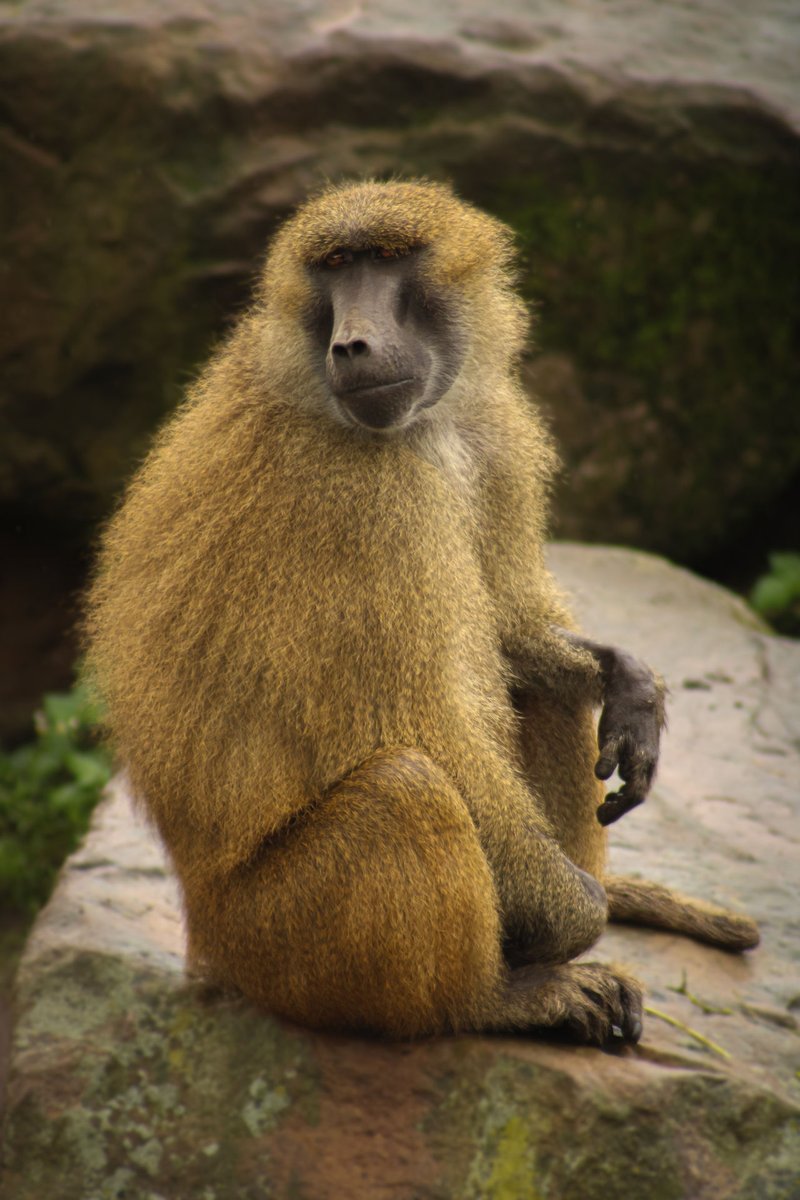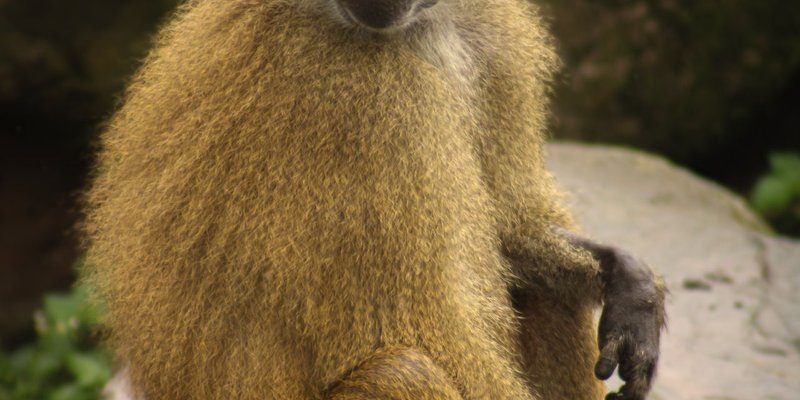
Imagine sitting down with a friend and diving deep into tales where these baboons are not just animals, but rather symbols of broader ideas. From their grounded social structures to their playful antics, guinea baboons resonate with us in ways that might surprise you. So, grab a cup of coffee and let’s explore their representation in culture and folklore!
Symbol of Strength and Community
One of the most compelling aspects of the guinea baboon is its representation as a symbol of strength and community in various African cultures. These baboons are known for their strong social bonds and tight-knit hierarchies, often revolving around matriarchs. In this way, they reflect human values related to family and cooperation.
Take the example of the Matriarchal Society: Much like how a tribe functions, guinea baboons thrive under the leadership of a dominant female. This setup symbolizes the vital role women play in various cultures—serving as nurturers and decision-makers. In this light, the baboon reminds us of the strength found in community dynamics and collective effort.
You might be wondering about the stories that come from this symbolism. Legends often portray baboons as wise, guiding figures who offer counsel and protection to those who respect their authority. This portrayal reinforces the idea that strength doesn’t come solely from physical abilities but also from social bonds and communal support.
Tricksters in Folklore
You might have heard that every culture has its share of trickster characters, and the guinea baboon fits right in. In many African fables, they’re depicted as clever but mischievous, often outsmarting others through their cunning and antics. This portrayal echoes the idea that wit can be just as valuable as brute strength.
Many tales involve the baboon tricking bigger animals, showcasing a classic David vs. Goliath scenario. This playful side highlights an essential lesson: intellect can triumph over muscle. For example, a story might involve a baboon outsmarting a lion, cleverly using its environment and wits to escape danger.
These tales are not just entertaining; they serve to teach children about moral lessons and the importance of cleverness in overcoming challenges. Plus, who doesn’t love a good laugh at the expense of a pompous lion?
Representation in Art and Literature
The guinea baboon has also found its way into various forms of art and literature. Artists and writers often use baboons to symbolize specific themes, ranging from community to the dichotomy of wisdom and folly.
For instance, in some African sculptures, baboons are depicted in a way that emphasizes their social nature. They are often shown in groups, presenting a sense of unity and companionship that reflects human relationships. These artistic representations not only honor the baboons but also encapsulate deeper values about belonging and social support.
In literature, baboons have been used as characters in fables and stories, embodying traits that resonate with readers. Their cleverness and social skills offer a rich ground for storytelling, encouraging readers to reflect on the dynamics of their own lives. Think of the deep themes behind the antics of these playful creatures—it all ties back to human experiences.
Scientific Contributions to Indigenous Knowledge
Interestingly, the guinea baboon holds a significant place in the realm of scientific research while also influencing indigenous knowledge systems. Through the lens of biology and ecology, these primates help scholars understand social structures and behavior, which can be applied to human society as well.
Indigenous cultures often reference the guinea baboon in their knowledge systems, relating the animals’ behaviors to ecological balance. For example, the baboons’ role in seed dispersal contributes to the growth of certain plants, something traditional knowledge underscores. This connection teaches us about sustainability and the importance of every species in maintaining ecological harmony.
When you think about it, the study of guinea baboons can help bridge the gap between scientific inquiry and traditional knowledge. It embodies a partnership where each perspective enriches the understanding of coexistence in nature.
Folklore and Modern Culture
Moving into the modern world, the guinea baboon’s influence stretches into pop culture. While you might see traditional representations in African folklore, you can also find these primates appearing in cartoons, educational programs, and even social media memes. Their playful nature and distinctive looks make them memorable characters.
In films and children’s books, baboons are often portrayed as vibrant, curious beings, evoking both laughter and admiration. This continued representation helps perpetuate the cultural significance of guinea baboons, introducing them to new audiences.
The funny thing is, as we use these traits to entertain, we keep the conversation alive about the lessons they embody. Whether it’s a tale of cunning or a reminder of community strength, these stories keep the heart of the guinea baboon alive in popular storytelling.
Conservation Symbolism
Lastly, as we discuss cultural representations, let’s not forget how the guinea baboon is becoming a crucial symbol of conservation efforts. With many habitats under threat, these primates remind us of the importance of protecting our natural world.
Organizations working for wildlife conservation often use baboons to highlight the significance of biodiversity. By promoting awareness of the guinea baboon’s plight, they also invite people to reconsider their relationship with nature. This can inspire action, whether through education, volunteering, or simply advocating for wildlife protection.
So, next time you hear about the guinea baboon, think beyond its playful image. It stands as a powerful representation of not only social dynamics but also the urgency of conservation. In a world focused on progress, preserving the stories that these creatures tell us is more important than ever.
In summary, the guinea baboon holds a rich position in both culture and folklore, embodying themes of community, cleverness, and environmental respect. From its role as a trickster to its influence on art and conservation, this primate offers valuable lessons that resonate across generations. Whether you’re enjoying a fable or witnessing a baboon’s antics in real life, remember that these creatures are more than just animals—they’re a part of our shared human story.

